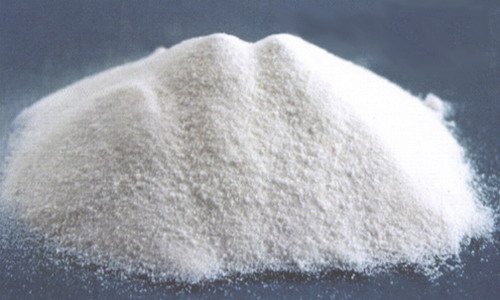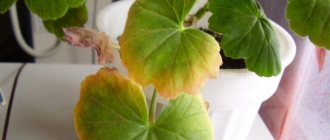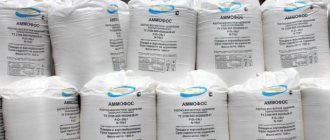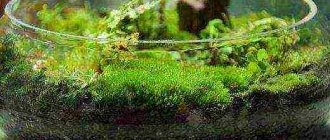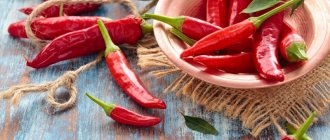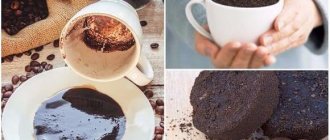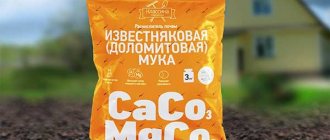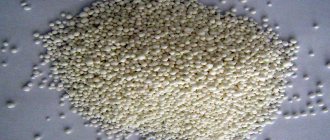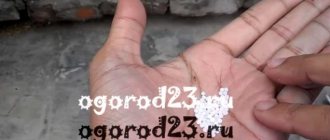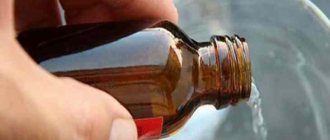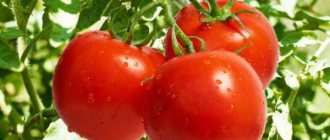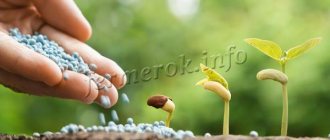Features of potash fertilizers: pros and cons
For good fruiting, garden crops need mineral nutrients: potassium, phosphorus, nitrogen and others. Each of them is essential for the green organism.
Potassium is a substance not included in organic compounds that are present in plants. It resides in plant cells in an ionic form. This means that potassium in the cell fluid can only be found as a constituent of the soluble salt.
Potassium tends to accumulate mainly in young shoots. Tubers and seeds practically do not contain it. With a deficiency of potassium, the green body redistributes the available supply, giving its lion's share to young organs.
Natural (natural) deposits of potassium salt are usually used as recharge.
Potassium-containing feed is classified according to the raw materials used. The following types of fertilizers are distinguished:
- potassium salt;
- potassium chloride;
- potassium magnesium;
- potassium sulfate.
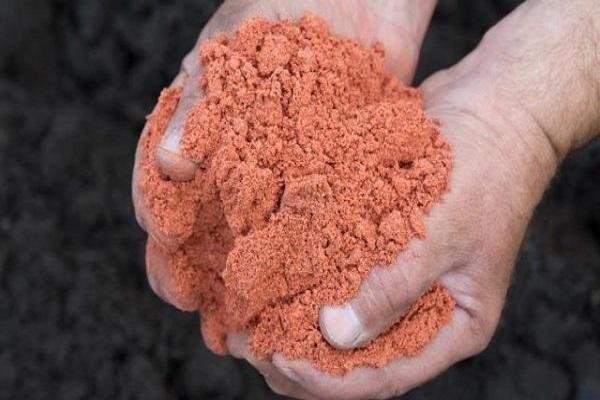
A sufficient supply of this mineral to the planting plant ensures:
- acceleration of oxidation processes at the cellular level;
- increased cellular metabolism;
- increasing the resistance of the green organism to arid conditions;
- acceleration of photosynthesis;
- improvement of protein and carbohydrate metabolism;
- increasing the resistance of plants to cold;
- better formation of organic acids;
- strengthening the immunity of plants to damage by powdery mildew, rust, rot;
- strengthening the stems;
- increased synthesis of vitamin C;
- giving the fruits a more intense color, brighter aroma;
- improving the keeping quality of the crop.
Potassium deficiency threatens:
- cessation of the synthesis of complex carbohydrates;
- stopping the process of protein formation at the cellular level;
- developmental delay (especially of the organs responsible for reproductive function);
- weakening of the stems;
- increased risk of fungal infection of the planting.
Among the advantages of potash dressings you can see:
- good water solubility;
- ease of use;
- good absorption of nutrients by plants.
Complementary feeding also has disadvantages. Potassium tends to slow down the growth of the green organism. Early ripening of fruits cannot be achieved by using potassium-containing mixes. Some types of fertilizers, such as potassium sulfate, are not suitable for any type of soil.
Potassium nitrate is used only for neutral soils in order to enrich them with potassium and nitrogen at the same time. In acidic soil, nitrogen will not be available to vegetation, alkaline - planting will not receive potassium.
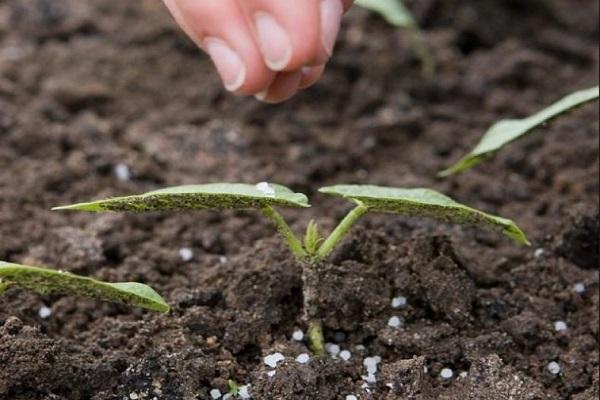

Storage of this type of complementary foods is impossible in rooms with high humidity.
The use of potassium chloride is not welcomed by gardeners due to the content of chlorine harmful to the earth and the green organism in the feed.
Views
All potash fertilizers are divided into several large groups:
- concentrated - these include potassium chloride and sulphate, potassium magnesium and kalimag, potassium carbonate, potassium chloride electrolyte;
- crude - potassium salts sylvinite and kainite;
- from industrial waste - cement dust, furnace ash;
- complex - potassium nitrate, ammophosphate, nitrophosphate, liquid complex fertilizers;
- combined - a variety of mixed fat treated with acids, ammonia and other substances.
The table below shows the most common potash fertilizers and their main characteristics.
| Name | Picture | Structure | Application | Dosage | Receiving |
| Potassium chloride | KCl with NaCl admixture | Used for autumn soil fertilization | 15-20 gr per m2 | From natural ore by halurgical and flotation methods | |
| Potassium sulfate (potassium sulfate) | K2SO4 | Suitable for chlorine intolerant crops; used for greenhouse plants | 20-25 gr per m2 | Teach by processing potassium chloride | |
| Potassium salt |
| KCl * MgSO4 * 3H2O with NaCl impurity | Used to fertilize fruit and berry crops in autumn | 30-40 gr per m2 | It is obtained by mixing potassium chloride with sylvinite |
| Potassium nitrate | KNO3 | Most often it is used for feeding greenhouses and irrigating fruit and berry plants, as a basic fertilizer it is applied to the soil in spring - early summer | 15 - 25 grams per 10 liters of water | On an industrial scale - by the decomposition of potassium chloride and sodium nitrate, at home - by leaching manure with water with the addition of ash, lime, etc. | |
| Kalimagnesia | K2SO4 * MgSO4 | It is used for all agricultural crops as the main fertilizer and in the form of top dressing | 20-30 gr per m2 | Obtained by processing chenite | |
| Potassium carbonate (potash) | K2CO3 | Used to feed potatoes | Mixed with peat in a ratio of 1: 2 or 2: 3 | Byproduct of processing nepheline to aluminum | |
| Wood ash | Potassium is presented in the form of K3PO4 and K2CO3; it also contains oxides, sulfates and chlorides of calcium, magnesium, sodium, etc. | It is used as fertilizer and feeding of all types of plants throughout the year. | Water solution in a ratio of 1:10 - for irrigation, as dry fertilizer when planting - ½ cup per well | Wood combustion product | |
| Cement dust | K2CO3, KHCO, K2SO4, CaCO3, MgO, etc. | Suitable for chlorine intolerant crops; used to neutralize acidic soils | Mixed with peat in a 1: 1 ratio | Waste from cement production | |
| Kalimag | K2SO4 * MgSO4 with admixture of CaSO4 and NaCl | It is used for all agricultural crops as the main fertilizer and in the form of top dressing | 40-45 gr per m2 | Potassium magnesium concentrate | |
| Chleorkali electrolyte | KCl with a little NaCl and MgCl2 | Used for autumn soil fertilization | 15-20 gr per m2 | Waste of magnesium production from carnallite |
Excess potassium
Excessive intake of potassium leads to uneven maturation of crops. Plants are less resistant to pests and diseases, they are harder to tolerate frosts and lack of moisture. Growth retardation, lighter color and early leaf fall are noted. The thickness of the peel increases and the size of the fruits themselves decreases, their taste becomes less pronounced, and the shelf life is reduced. The assimilation of magnesium, zinc, calcium and a number of other elements decreases, and magnesium starvation of plants may occur.
IMPORTANT! In case of an excess of potassium, it is recommended to fertilize the plants with ammonium sulfate!
Scope of application
You can use potassium-rich fertilizers both in the garden and in the garden. They are suitable for black soil, clay, sandy soil. Soils, in which the mineral content is minimal, are especially in need of this type of complementary feeding. We are talking about sandy, sandy loam, peat.
This type of mineral composition is very fond of crops such as potatoes, fodder roots, cabbage.
Potassium supplements are used for growing:
- vegetables (beans, potatoes, cucumbers, cabbage, carrots, tomatoes, peppers, eggplants, melons);
- fruit and berry culture (we are talking about plums, pears, apple trees, cherries, blackberries, raspberries, grapes);
- ornamental plants such as hydrangeas, gerberas;
- grain crops (flax, buckwheat, barley).
Less than others, radishes, lettuce, onions, strawberry planting, currant bushes need this type of complementary food.
Features of the use of potassium
The need for potassium increases with the systematic increased use of nitrogen and phosphorus, as well as with liming of moderately acidic and acidic types of soil.
Large amounts of chlorine have a negative effect on yield and quality:
- tobacco;
- grapes;
- flax crops.
Consumption rates in this case are minimal - 5-10 g per 1 sq. m.
Potassium salt suitable for all types of soil... The most productive and effective on sandy and sandy loam soil, on drained peatlands and floodplain lands formed on sediments in floodplains.
Chernozem
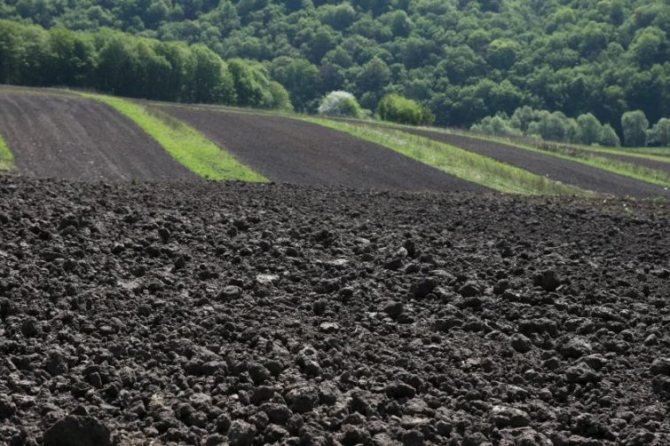

The simplest potassium supplement in chernozem soil stabilizes the structure of chloroplasts and mitochondria, which contain membrane proteins and porins. Thanks to this function, metabolic (metabolic) and oxidative processes in the soil are activated.
Reference. Chloroplasts are intracellular green plastids containing chlorophyll. It is in them that the process of photosynthesis takes place. Mitochondria are bacteria-organelles, the "power station" of the cell.
Top dressing on black soil useful:
- for potatoes (the amount of starch in the tubers increases);
- the sugar content in root crops increases;
- the nutritional value of vegetables and fruits increases;
- increases the quality of fiber in bast crops (flax, hemp, mallow species).
Signs of potassium deficiency in plants
Plants suffering from a lack of potassium accumulate ammonia in the cells. They become susceptible to fungal infection. Often in such vegetation, the death of shoots is observed.
Planting on light soil is prone to mineral deficiency. Its symptoms are manifested in the summer at the stage of active growth.
Potassium deficiency in plants can be determined by the following criteria:
- development of brown spot;
- yellowing of the foliage, over time its color becomes brown (a bluish tint with a bronze sheen is possible);
- the appearance of a marginal burn on the leaves;
- veins on the leaf plate become invisible;
- the stems become thinner;
- slowdown in the growth rate of culture;
- leaves wrinkle, curl up;
- budding begins later than the due date.
How to determine the lack of minerals in the soil
Plants cultivated in light peatlands need the supply of potassium the most. Signs of insufficiency of such an element are especially pronounced in the summer season:
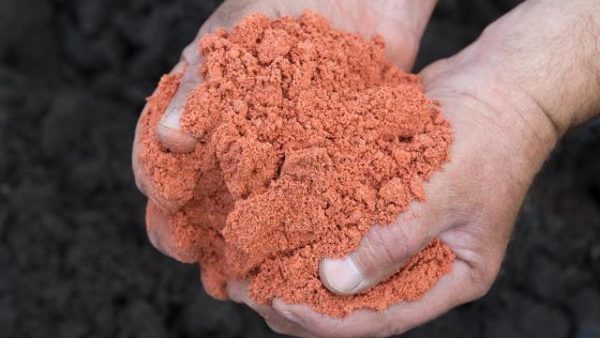

Potash fertilizer
- brown spots appear on the leaves;
- foliage changes color, becomes yellow or bluish with a bronze tint;
- "edge burns" are observed - the tips and edges of the leaf begin to die off;
- the veins are deeply buried in the green tissue;
- the stem becomes thin;
- planting stops intensive growth;
- wrinkles appear on the leaves, they curl;
- the bud formation process is suspended.
Varieties and specificity of application
In the production of potassium-containing feeds, sources of potassium salt are applicable. This is about:
- sylvinite;
- kainite;
- sylvine;
- carnallite;
- whisper;
- alunite;
- langbeinite;
- polygolyte.
According to the classification by chemical composition, potash fertilizers are chloride and sulfate.
They are also subdivided according to the form of release. They can be raw and concentrated.
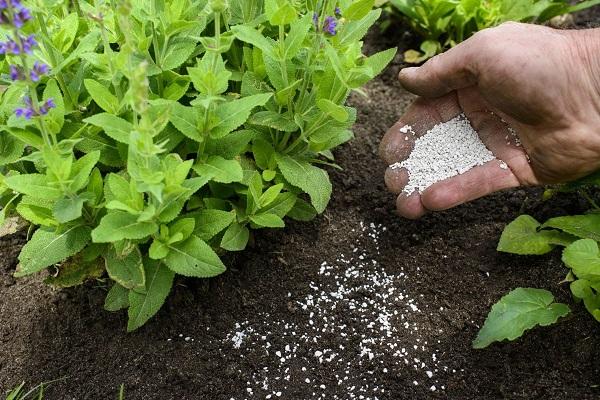

Wood ash
Wood ash is classified as a natural feed. It is affordable and inexpensive. Contains no more than 10% potassium. Rich in calcium, magnesium, phosphorus, iron, copper.
Nutrient raw materials are added throughout the year. In the spring months - when planting crops, in the autumn - on the eve of plowing. In the summer season, it is used as a component of complex baits. In winter, ash is used to grow greenhouse crops.
Complementary feeding not only saturates the soil with useful substances, but also protects the planting from pests.
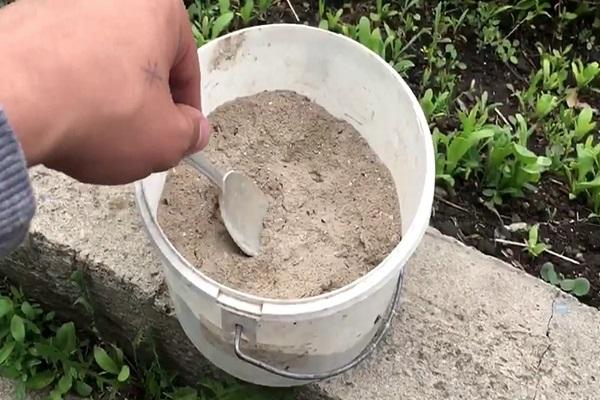

Kalimagnesia
Potassium magnesium contains no more than 30% of a mineral called potassium. The drink is also rich in magnesium (up to 17%).
It is used for soils that are low in magnesium. The substance is powdery, pinkish-gray in color. It is unable to absorb water.
Complementary food is completely absorbed by the vegetation. Applicable in the spring months.
Potassium carbonate (potassium carbonate, potash)
Potassium carbonate is a chlorine-containing potassium supplement. Complementary foods have other names. It is also called potassium carbonate and potash. The substance is hygroscopic. Has a tendency to dampness and loss of beneficial properties
It is usually used in conjunction with lime, but the composition leads to alkalinization of the soil.
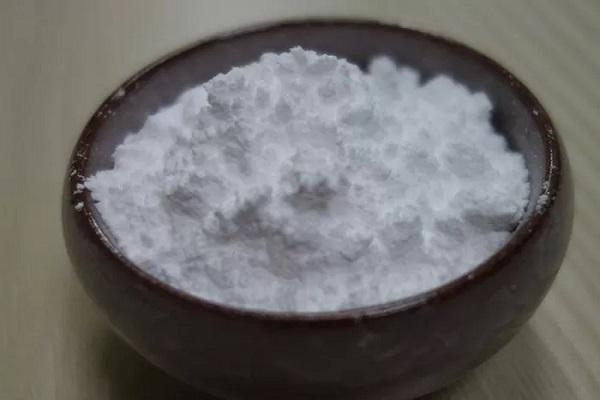

Potash is often used by summer residents in conjunction with peat to reduce the rate of feed hygroscopicity.
Complementary foods are suitable for acidic soils.
Potassium nitrate
Potassium nitrate is distinguished by a high content of the main component (up to 45%). It is also rich in nitrogen (15%).
Chemical and physical properties of potassium salt
To improve the soil composition in farming, raw potassium (potassium) salt is used.
Due to the low concentration of potassium and the presence of impurities, its use is relatively limited. Potassium salt, in addition to agriculture, is used in industry. It is used for the manufacture of pyrotechnics, during the production of glass and leather.
Potash salt is used as a raw material for the production of mineral fertilizers. Potassium salt formula (mineral resource) - (KCL + NACL), (K40)
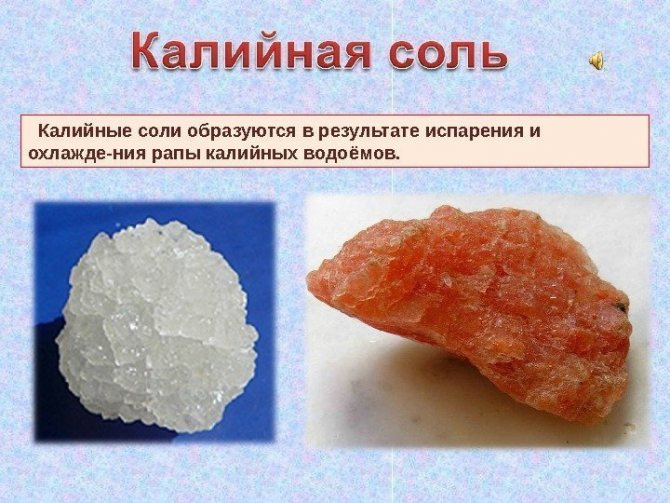

It consists half of sylvite, the rest is carnallite, cainite, polyhalite, langbeinite, leonite, chenite, syngenite. In appearance, the salt is brown or white crystals. The deposits are located practically all over the world, including Russia, Ukraine and Belarus. Potassium salt is deposited in layers in places of occurrence next to rock food salt.
The substance is highly soluble in water, does not cake if stored properly. Physiologically sour. Upon entering the soil, salts begin to integrate and pass into an exchange-absorbed state. As a result, potassium, together with magnesium and sodium, becomes immobile and is not washed out. It remains in the upper layers, the digestibility is about 70-80%.
When interacting with acidified soil, the productivity of the fertilizer becomes lower. The most effective use on sandy loam, sandy, soddy-podzolic soils, leached chernozems, red soils.
Potassium dressing rules
There are several methods for applying potassium fertilizers to the soil, each of which must be carried out at a certain time, following the rules of application. This type of fertilizer composition quickly dissolves in the soil, after a day it becomes less active.
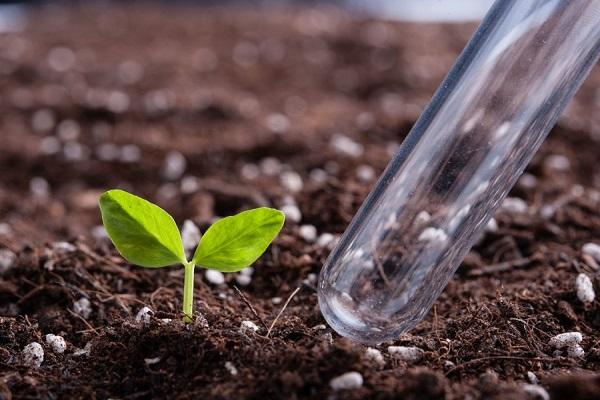

We calculate the dosage
To calculate the required dose of potassium-containing mixtures, use the information presented in the table.
Table. Norms for the use of potash preparations
| Fertilizer name | Dosage per 1 m² |
| Potassium chloride | 20-40 g (as the main fertilizer); 3-5 g (with repeated feeding) |
| Potassium sulphate | 15 to 20 g |
| Kalimagnesia | About 30g |
| Kalimag | 25 g; When digging up beds - 30-40 g |
| Potassium salt | Up to 40 g |
Potassium is required for the following crops:
- Vegetables - cucumbers, cabbage, carrots, melons, eggplants, peppers, tomatoes and others. It is also important for potatoes.
- Fruit and berry - plum, apple, pear, grape, cherry, raspberry, citrus.
- Flowers - calla lilies, hydrangeas, gerberas, spathiphyllum, etc.
The rate of use of potash compounds per 1 hundred square meters for tomato plantations:
- when sowing - 0.1 kg;
- primary make-up - 0.15 kg;
- re-feeding - 0.30 kg.
The rate of application of potash dressings for cucumber ridges per 1 hundred square meters:
- when sowing - 0.1 kg;
- first feeding - 0.2 kg;
- second make-up - 0.4 kg.
Potash fertilizers for grapes are applied for planting every year. It is ideal to feed the crop with dry ash in the amount of 1 bucket per 1 bush. We will also apply a hydrate (the extract is infused for 3 days).
Potassium supplements for flowers are essential. They promote healthy shoots and large buds.
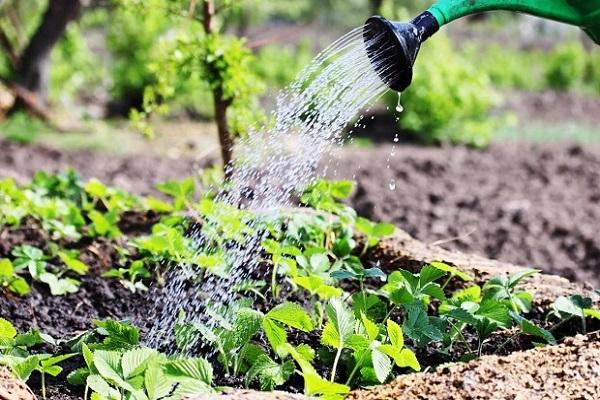

Timing and feeding schemes
It is necessary to choose the right time for making fertilizers containing potassium:
- The most favorable autumn application of potash compounds that contain chlorine. The fertilizer is mixed with the surface moist soil layer, where the plant root system is located, which better assimilates nutrients.
- Potassium-containing feed should be applied to light soil on spring days, since there is a possibility of quick washing out of fertilizers from the ground, unable to hold them.
- On gray soils and chernozems with a pronounced alkaline reaction, potash preparations have little effect on vegetation. However, they should be applied in accordance with the rules prescribed in the fertilizer instructions.
- Potassium compounds have high acidity, they should be mixed with dressings containing calcium, or with lime.
- Do not violate the dosage prescribed in the package insert for the preparation. It is different for each type of soil and each crop. It is better to add less make-up than more.
- In spring, when feeding plantings, the composition of the mixture should contain more potassium than nitrogen. In the fall, the opposite is true.
Potassium fertilization rules
At the first signs of potassium deficiency, mineral feed based on it should be applied, however, fertilizers should be applied correctly. There are several options for feeding, but it must be carried out quickly, since minerals are quickly absorbed by the earth, and after 24 hours their effect will lose its effectiveness.
Main application
Its purpose is to provide plantings with useful components for the entire period of growth. The process is carried out in the fall or with the onset of spring.
Starting
Adding useful mineral elements when sowing or planting seedlings. Its purpose is to help the young seedling to take root quickly.
Top dressing
Such manipulations are carried out throughout the summer garden and flower season. The task of post-sowing fertilization is to compensate for nutrient deficiencies.
It is best to apply feed in small doses to the surface of the ground, a couple of times during the season, than a full dose with a single application. The first option turns out to be more effective. Basically, experienced summer residents take potassium nitrate for these purposes. To prepare the nutrient mixture, 35 g of the substance must be dissolved in 10 liters of water. For each planting, at least a liter of useful solution is required. It is recommended to repeat the manipulation periodically, maintaining an interval of 14 days.
Overdose - what to do?
An overdose when making potassium-containing feeds negatively affects the ability of the green organism to assimilate nitrogen. This is fraught with a slowdown in crop growth, yellowing of the foliage.
You can identify plants suffering from an overabundance of this mineral by:
- lengthening of internodes;
- developmental delays;
- the acquisition of a lighter color by a leaf plate;
- wilting;
- mosaic covering of leaves.
Chlorine-containing potassium mixtures applied in excess of the norm act on the planting like a poison.
It is impossible to solve the problem quickly. The first measure of help in case of an overdose of potash feeds is frequent abundant watering of the beds. This will ensure that the potassium is washed out of the soil. In severe cases, when watering does not help, it is necessary to transplant the culture to a new place.
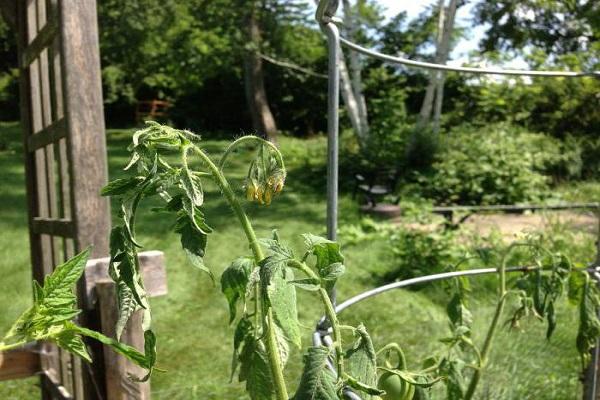

Chemical Safety
Working with potassium-rich complementary foods requires safety precautions.The funds are used strictly following the instructions, without exceeding the recommended dosage and consumption rate.
- Complementary foods should be introduced on a windless day. It is required to protect yourself by using work clothes, respirator, glasses, gloves.
- Do not use fertilizers that have expired or have been stored in unsuitable conditions.
- They save potash baits in places inaccessible to children and animals. It is desirable that this be a utility room outside the residential building.
The use of such a variety of mineral feeding as potash feed allows plants to develop and bear fruit better, increase their immunity to fungal infections and resistance to adverse environmental conditions, protect the planting from pests, improve the taste characteristics of fruits and their keeping quality.
Such results are possible only with the correct use of potassium-containing mixtures. Otherwise, there is a risk of ruining the garden plantings.

